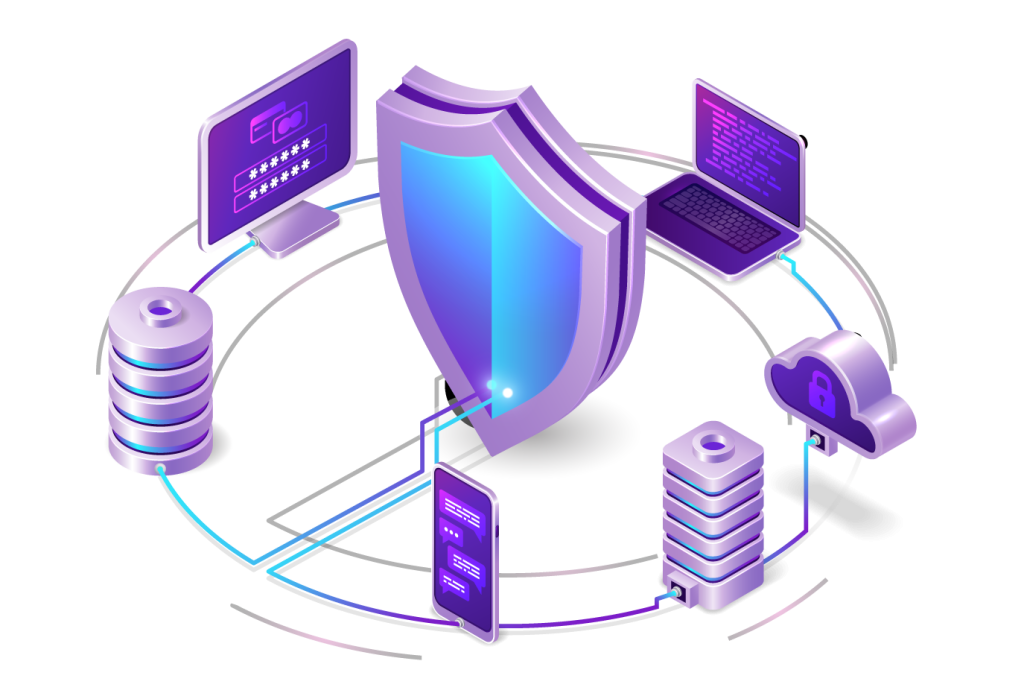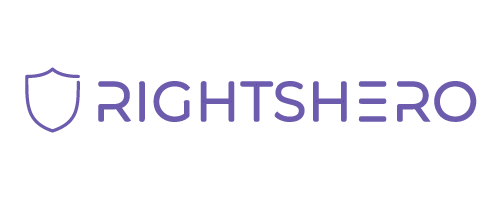The Battle Against Digital Piracy: Why We Must Stop It in Its Tracks

In today’s interconnected world, digital piracy poses a significant threat to creators, innovators, and the entire economy. From movies and music to software and ebooks, the illegal distribution of copyrighted content undermines the hard work and creativity of content creators while also impacting industries and economies worldwide.
As technology continues to evolve, so too do the methods of piracy, making it imperative for us to take a stand against this pervasive issue.
Understanding Digital Piracy
Digital piracy encompasses a range of activities, including illegally downloading or sharing copyrighted material such as movies, music, software, and e-books. These activities deprive content creators of rightful compensation for their work, leading to financial losses and discouraging future innovation.
One common misconception is that digital piracy only affects large corporations. However, it also impacts independent artists, authors, developers, and small businesses who rely on the sale of their digital creations to make a living. When their work is illegally distributed, it not only hurts their income but also undermines their ability to continue producing quality content.
The Economic Impact
The economic impact of digital piracy cannot be overstated. According to industry reports, the global economy loses billions of dollars annually due to piracy. These losses directly affect jobs, tax revenues, and investment in future creative endeavours. Moreover, piracy creates an uneven playing field for legitimate businesses, making it difficult for them to compete against free or pirated alternatives.
Risks to Consumers
While some may view digital piracy as a victimless crime, it poses several risks to consumers. Pirated content often comes bundled with malware, spyware, and other malicious software that can compromise the security of devices and personal information. Additionally, pirated copies may lack quality control, resulting in inferior user experiences compared to legitimate versions.
Strategies for Combating Digital Piracy
Stopping digital piracy requires a multifaceted approach involving collaboration between governments, technology companies, content creators, and consumers. Here are some strategies to consider:
- Education and Awareness: Increasing public awareness about the impact of piracy on creators and the economy can help discourage its practice. Educating consumers about legal alternatives and the risks associated with pirated content is crucial.
- Enforcement of Copyright Laws: Governments must enforce copyright laws and hold perpetrators of digital piracy accountable. This includes shutting down illegal websites, prosecuting offenders, and imposing penalties for copyright infringement.
- Technological Solutions: Technology companies can develop innovative solutions to protect digital content from unauthorised distribution. Digital rights management (DRM) technologies and watermarking techniques can help deter piracy and track unauthorised copies.
- Collaboration with Internet Service Providers (ISPs): ISPs play a pivotal role in preventing the illegal distribution of copyrighted content. By working with ISPs to identify and block pirated content, we can reduce its availability online.
- Promotion of Legal Alternatives: Providing consumers with affordable and convenient access to legal alternatives, such as streaming services and digital marketplaces, can help combat piracy. By making legal content more accessible, we can reduce the incentive to resort to pirated sources.
Conclusion
Digital piracy is a complex and pervasive problem that requires collective action to address effectively. By raising awareness, enforcing copyright laws, leveraging technology, and promoting legal alternatives, we can stem the tide of piracy and support a thriving creative economy. As consumers, creators, and stakeholders, we all have a role to play in protecting intellectual property and fostering a culture of respect for creativity and innovation in the digital age.

